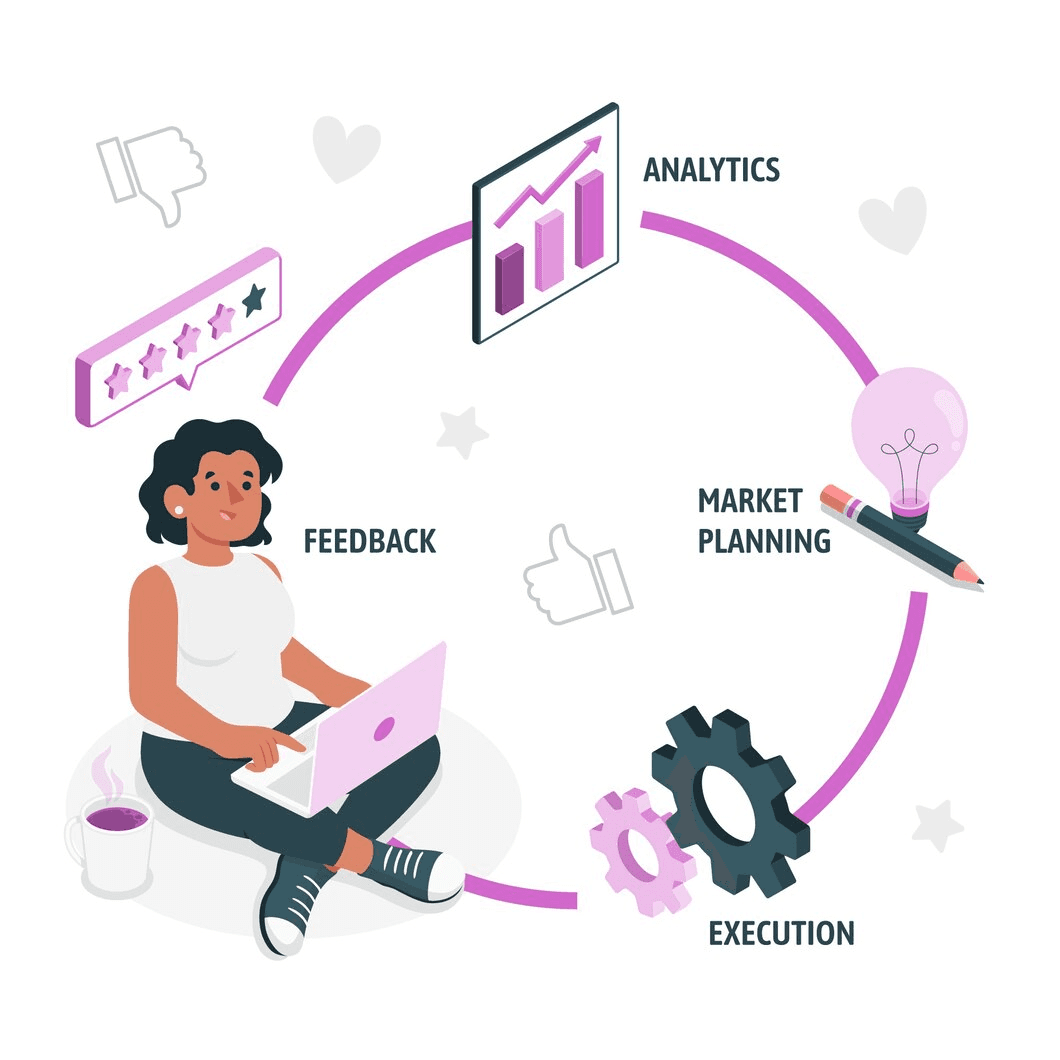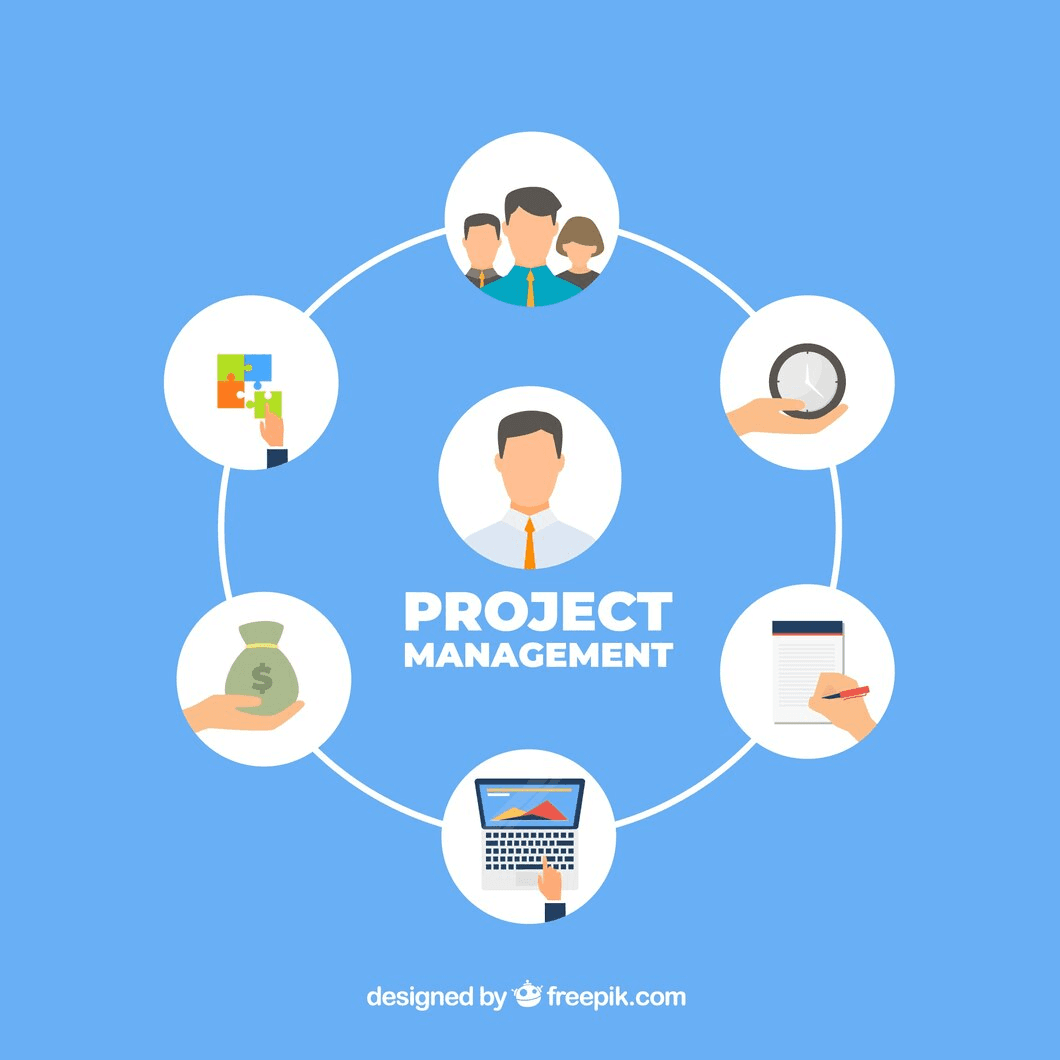Many projects suffer due to rigid schedules that fail to accommodate unexpected changes. Resource limitations, shifting client demands, and fluctuating market conditions frequently disrupt timelines.
To address this issue, project managers must adopt a more flexible approach. Integrating buffer times into project schedules provides a viable solution, acting as safety nets that absorb delays without compromising project integrity.
When implemented effectively, these time cushions not only preserve momentum but also enhance overall productivity, enabling teams to navigate uncertainties with confidence.
The Role of Buffer Times in Project Scheduling
Buffer times represent strategic intervals intentionally placed to absorb disruptions. The length of these buffers aligns with the nature of the project, the complexity of tasks, and historical performance data.
Project managers analyze previous projects to identify patterns in delays, adjusting buffer times based on insights gathered from team members’ firsthand experiences.
Moreover, flexibility in project schedules boosts team morale.
Teams experience higher job satisfaction and reduced stress levels when given the time to address issues without the pressure of looming deadlines. The psychological benefits of buffer times foster a sense of control, leading to improved performance.
Also read: How to Manage Timelines Effectively in Projects
Challenges in Maintaining Flexibility
While flexibility proves essential, challenges persist in project management. Limited resources, particularly in environments where individuals manage multiple roles, strain the ability to maintain adaptable schedules. External pressures, such as client demands and market fluctuations, impose rigid constraints that conflict with the need for flexibility.
Communication breakdowns hinder adaptability. Misalignment among team members complicates the ability to adjust schedules. Fostering a collaborative culture overcomes these hurdles. When teams communicate openly about obstacles and potential changes, they devise collective solutions that enhance adaptability.
Impact of Team Collaboration on Flexibility
Collaboration stands as the cornerstone of effective project management. A culture that encourages transparency and open dialogue builds trust among team members. Individuals who feel comfortable voicing concerns or suggesting adjustments contribute to a collective effort that swiftly pivots in response to changing circumstances. This fluidity improves project outcomes and strengthens team relationships.
Regular check-ins and collaborative planning sessions enhance flexibility. These meetings provide team members with opportunities to share insights, assess progress, and identify potential obstacles before they escalate. A proactive environment fosters anticipation and preparedness, leading to more efficient workflows.
Prioritizing Tasks for Successful Outcomes
In project management, prioritization proves crucial. Distinguishing between urgent and important tasks enables effective resource allocation and sustained focus on high-impact activities. Implementing a prioritization framework, such as the Eisenhower Matrix, helps project managers streamline decision-making.
Utilizing task management tools simplifies the prioritization process. These tools offer visualizations of project timelines, deadlines, and dependencies, empowering project managers to make informed choices. Ensuring that critical tasks receive appropriate attention allows teams to navigate unexpected challenges with greater ease.
Also read: The Path to Successful Outcomes: Why Project Planning Matters
Communication and Client Expectation Management
Managing client expectations plays a critical role in maintaining flexibility. Clients often have predefined timelines and deliverables, which create tension when projects face inevitable delays. Proactive communication proves essential in these situations. Keeping clients informed about project progress and potential changes fosters understanding and collaboration.
Regular updates and transparent discussions regarding the rationale behind schedule adjustments build trust and confidence. Clients appreciate being part of the process, and when they understand the reasoning behind changes, they remain supportive and engaged.
Evaluating Effectiveness and Metrics
Organizations must assess the impact of flexibility in project schedules through effective metrics. Key performance indicators (KPIs) such as project delivery times, resource utilization rates, and client satisfaction scores provide valuable insights into the effectiveness of flexible scheduling.
Evaluating how flexibility influences project outcomes proves essential. Projects that are completed on time despite challenges demonstrate the advantages of adaptability. Higher team morale when provided buffer times reflects the positive effects of flexibility on overall project success.
Balancing Deadlines and Flexibility
Striking a balance between strict deadlines and flexibility requires careful consideration. Project managers develop realistic timelines that account for task complexity and potential disruptions. Open discussions with team members gauge their capacity and insights on what is achievable.
Incorporating contingency planning into project schedules creates a framework for maintaining flexibility while adhering to deadlines. Anticipating potential obstacles and devising backup plans ensures that timelines remain adaptable without sacrificing quality.
Technology and Preparedness
Technology plays a pivotal role in facilitating flexibility in project schedules. Modern project management tools offer features that streamline workflows, enhance communication, and provide real-time updates. Leveraging technology maintains visibility into project statuses, allowing teams to identify necessary adjustments promptly.
Additionally, technology automates routine tasks, freeing up team members to focus on higher-value activities. This efficiency enhances productivity and contributes to a more agile approach to project management.
Strategies for Team Preparedness in Unforeseen Challenges
Preparation proves vital when addressing unforeseen challenges. Regular training sessions and scenario-based exercises equip teams with the skills necessary to navigate disruptions effectively. Establishing clear protocols for crisis management ensures that teams handle any eventuality, reducing stress and increasing responsiveness.
Encouraging a culture of adaptability empowers teams to embrace change as a constant. Organizations that promote resilience equip team members to approach challenges with confidence, enhancing overall project success.
Communicating Changes Effectively
Effective communication with stakeholders proves crucial when project timelines shift. Crafting clear, concise messages that outline the reasons for changes and anticipated impacts fosters understanding. Various communication channels—such as emails, meetings, and project management tools—ensure that all parties remain informed and engaged throughout the project lifecycle.
Approaches to Managing Stakeholder Communications
Proactive stakeholder management maintains transparency and trust. Regular updates and feedback sessions not only keep stakeholders informed but also invite input, fostering a sense of collaboration. Stakeholders who feel included in the process exhibit greater understanding and support during times of change.
Also read: Effective Project Planning: Tips and Best Practices
Case Studies of Successful Project Outcomes Through Flexibility
Examining real-world case studies highlights the significance of flexibility in project management. Organizations that embrace adaptable schedules experience heightened satisfaction levels among team members and clients alike.
These success stories illustrate that flexibility serves as a fundamental principle driving overall project success. In today’s fast-paced, unpredictable environment, flexibility in project schedules becomes essential.
Understanding its importance and implementing effective strategies not only enhances productivity and reduces stress but also leads to successful project outcomes.
With Pinrom’s affordable solution at just $1 per user, organizations can easily cultivate flexibility and resilience in their project management approach.








